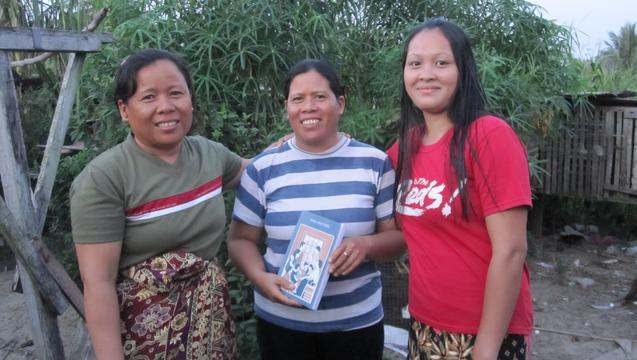
The Church of Jesus Christ of Latter-day Saints asks a lot of its members. I made a list just to see how overwhelmed I can feel.
Daily and Family Prayer
Family Home Evening
Personal and Family Scripture Reading
Family Council
Financial and Debt Management
Provident Living
Tithing and “a generous” Fast Offering
Food Storage
Emergency Storage
Gardening and Home Maintenance
Activities that Strengthen Marriage and Family
Teaching Children the Gospel through Example and Discussion
Family History
Temple Attendance
Ministering
Missionary Work
Sacrament Meeting Attendance
Sabbath Observance
Word of Wisdom
Everything mentioned in the For Strength of Youth Pamphlet
Calling(s)
Service
Did I miss anything? Probably.
Why do you suppose the church asks us to do so much? And what do we do with this overwhelming list? And how much help do we get from our wards and branches?
What is that old adage? If you want something done, ask a woman.
In the early days of the church, it was the women who saw a need and pushed the idea until something was done. (Think of Emma having to clean a room full of tobacco stains.) In the Salt Lake Valley, it was the Relief Society that started hospitals, schools, stores, and organizational structure.
Handbook 2 outlines what the Relief Society should be doing as an organization. If followed, we can tackle this giant, largely ignored, list and participate in the gathering of the Saints in preparing for the coming of the Lord. The Handbook offers some great guidelines.
Sunday Relief Society meetings are to help “women learn doctrines and principles of the gospel that will help them increase their faith and personal righteousness, strengthen families and homes, and help those in need” (9.4.1).
Relief Society activities are designed “to supplement the instruction in Sunday meetings. … These may include service, classes, projects, conferences, and workshops. In these meetings, sisters learn and accomplish the charitable and practical responsibilities of the Relief Society. They learn and practice skills that will help them increase their faith and personal righteousness, strengthen their families and make their homes centers of spiritual strength, and help those in need. They learn and apply principles of provident living and spiritual and temporal self-reliance. They also increase in sisterhood and unity as they teach one another and serve together (9.4.2).
A bishop may have goals he wants the ward to work on specifically for certain months or a given year. This is an easy thing for Relief Society to focus on, but the handbook offers essential ideas. “Leaders also give priority to the following topics: Marriage and Family, Homemaking, Self-Reliance and Provident Living, Compassionate Service, Temple and Family History, and Sharing the Gospel. (I wrote an article offering several ideas under each of these categories.)
If we follow these Handbook suggestions, we will be able to put quite a dent in the above list. Can you imagine actually feeling good and accomplished rather than overwhelmed with guilt?
Granted, many of these items listed are long-term and never-ending. But they do get easier once proper habits are put in place. But, if we truly set forth to master a good portion of church expectations, we will be able to avoid being overwhelmed and influenced by the world.